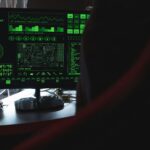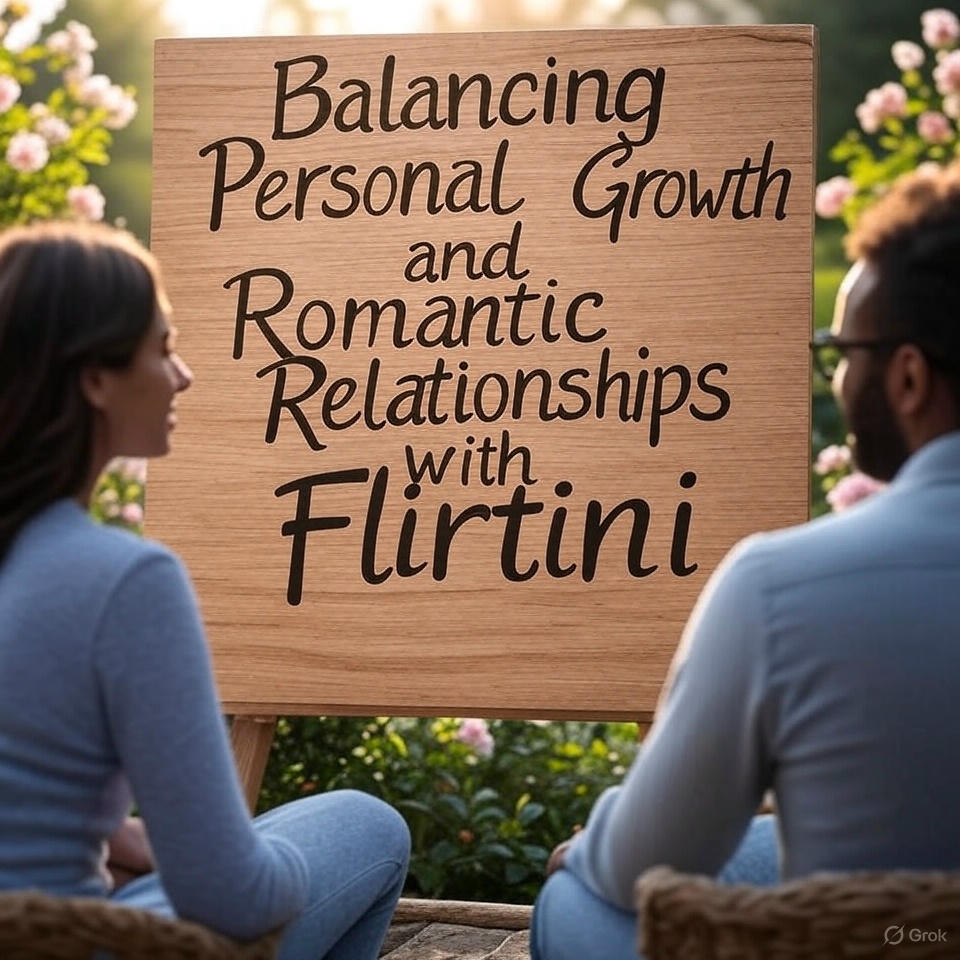Artificial intelligence is reshaping 3D rendering software and animation workflows. By automating repetitive tasks, AI reduces production time while freeing artists to focus on creative decisions. From rendering frames faster to assisting with concept development, AI tools are now integral to both large studios and small creative teams.
The Impact of AI on Animation
Modern AI solutions address many time-consuming aspects of animation production:
- Automation – AI streamlines labor-intensive tasks such as inbetweening, rigging, lip-sync synchronization, and rendering, drastically reducing manual workload and freeing artists to focus on creative direction.
- Creative Support – Generative AI tools enhance production by assisting with scriptwriting, developing detailed concept art, and producing versatile asset designs tailored to project needs.
- Cost Efficiency – Automated workflows reduce the need for large teams, enabling smaller crews to deliver professional, high-quality results while staying within tight production budgets.
- Faster Feedback Loops – Rapid prototyping and automated previews allow clients to review, revise, and approve concepts earlier in the process, significantly accelerating project timelines.
Key AI Tools for 3D Rendering & Animation
- Scriptwriting – ChatGPT and Jasper generate dialogue, narratives, and story outlines.
- Storyboarding – Storyboarder and AI image generators create quick, visual scene plans.
- Lip-Sync & Facial Animation – Adobe Character Animator and Papagayo NG synchronize audio and character movement.
- Asset Creation – Runway ML and Stable Diffusion generate textures, props, and backgrounds.
- Frame Interpolation – EbSynth and RIFE smooth animation by creating intermediate frames.
- Motion Capture – DeepMotion Animate 3D and Rokoko capture and apply realistic character movements.
- Editing – Adobe Sensei and Runway ML streamline post-production adjustments.
- Text-to-Video – Pika Labs and Runway Gen-2 transform written prompts into animated sequences.
Best Practices for Integrating AI into Workflows
- Balance Speed and Creativity – Use AI for efficiency but rely on human vision for storytelling and style.
- Train Teams – Ensure animators understand both the capabilities and limitations of AI tools.
- Review Outputs Carefully – Human oversight is essential to maintain quality and avoid errors.
- Start with Low-Risk Tasks – Test AI on non-critical elements before scaling its role in production.
Budget Considerations
AI-powered 3D rendering software and animation tools vary in cost. Some are free or open-source, while others operate on subscription models. Budgets should account for:
- Licensing or Subscription Fees – Ongoing access to AI platforms.
- Training Costs – Time and resources to upskill teams.
- Experimentation Budget – Testing new AI tools before full integration.
Benefits of AI in 3D Rendering & Animation
- Faster Production – Automated workflows accelerate delivery schedules.
- Consistent Quality – AI helps maintain uniform style and rendering fidelity.
- Cost Savings – Reduces reliance on large teams for repetitive tasks.
- Enhanced Creativity – More time for artists to focus on design, storytelling, and innovation.
Boost your 3D rendering software and animation tools with AI today!
AI-powered 3D rendering software and animation tools are no longer optional; they are becoming standard in the industry. By streamlining technical processes and supporting creative ideation, these tools enable faster production, higher quality, and more innovative work. For studios and independent creators alike, adopting AI thoughtfully can lead to greater efficiency without sacrificing artistic vision.



